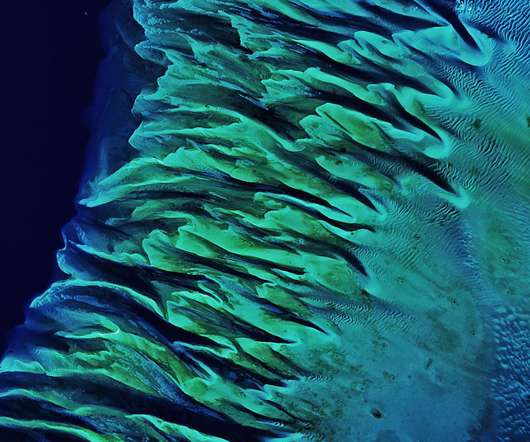New study shows that inhaled nanoparticles can travel into the blood and accumulate
Green Car Congress
APRIL 26, 2017
A study by researchers from the University of Edinburgh and the National Institute for Public Health and the Environment in the Netherlands has found that nanoparticles, such as those found in air pollution, can travel into the blood and accumulate in diseased blood vessels. Vesey, Paul H. Boere, Petra Krystek, Colin J.












Let's personalize your content